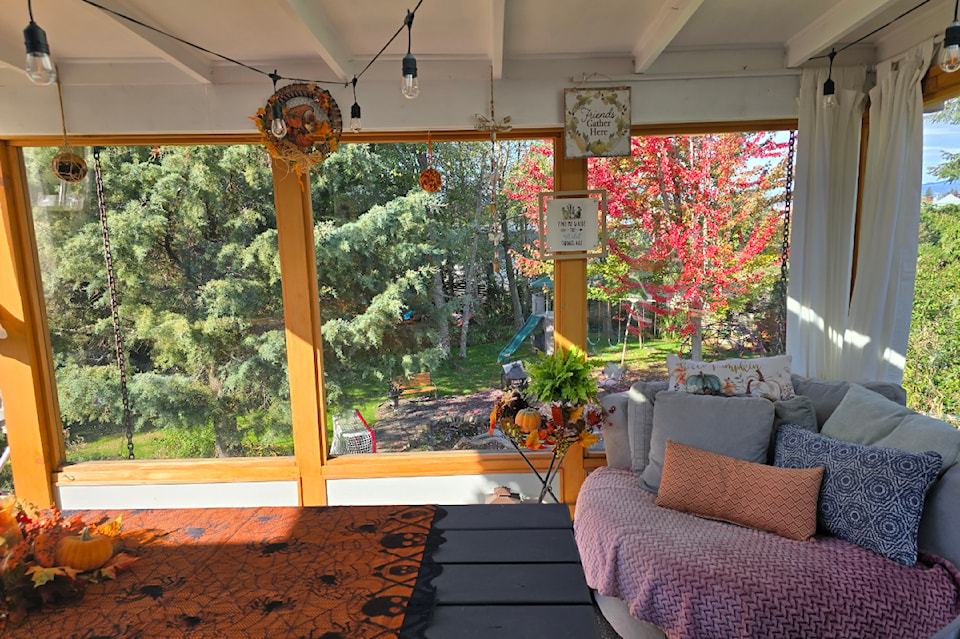Lifestyle
Transforming Homes: The Impact of Therapeutic Design on Well-Being

Our living environments play a crucial role in shaping our mental well-being. Research indicates that the design and organization of our homes can significantly affect how we feel and manage daily stress. This concept, known as therapeutic design, highlights the importance of creating spaces that foster emotional regulation and enhance our overall quality of life.
Understanding Therapeutic Design
Therapeutic design emphasizes the impact that physical surroundings have on emotional health. For instance, individuals often experience discomfort upon entering cluttered or chaotic spaces. Environments that carry unresolved stress can exacerbate feelings of frustration and anxiety. By contrast, well-organized and calming spaces can promote a sense of safety and relaxation.
A key component of therapeutic design is the establishment of self-regulation spaces. These areas are intended to help individuals manage their emotions, focus their attention, and adapt their behavior to various situations. Importantly, such spaces do not need to be elaborate or costly. Simple additions like a comfortable reading chair, a peaceful meditation nook, or a sunlit corner can make a significant difference in fostering calmness and balance.
Creating Spaces for All Ages
The needs of different age groups can vary significantly when it comes to self-regulation. For children, particularly those with sensory processing needs, incorporating elements such as swings, tents, or small play zones can support the regulation of their nervous systems. These spaces allow children to engage in activities that help them decompress and regain focus.
Teens may benefit from more private areas, where they can express themselves through journaling or listening to music. Such retreats provide an outlet for their thoughts and emotions in a controlled setting.
Adults, too, can benefit from intentionally designed spaces. Clutter-free areas can serve as a mental reset after the demands of work and family life. By transforming overlooked corners into calming retreats, individuals signal to their minds and bodies that it is safe to slow down and recharge.
Even minor changes can have a profound impact on our daily lives. By integrating therapeutic design concepts into our homes, we cultivate environments that are conducive to balance, resilience, and well-being. This approach not only supports individual mental health but also contributes to healthier family dynamics.
As we increasingly recognize the importance of mental well-being, it becomes essential to advocate for the incorporation of therapeutic design in our homes. By doing so, we create the tools necessary for fostering emotional resilience and enhancing our overall quality of life.
-

 Education2 months ago
Education2 months agoBrandon University’s Failed $5 Million Project Sparks Oversight Review
-

 Lifestyle3 months ago
Lifestyle3 months agoWinnipeg Celebrates Culinary Creativity During Le Burger Week 2025
-

 Science3 months ago
Science3 months agoMicrosoft Confirms U.S. Law Overrules Canadian Data Sovereignty
-

 Health3 months ago
Health3 months agoMontreal’s Groupe Marcelle Leads Canadian Cosmetic Industry Growth
-

 Science3 months ago
Science3 months agoTech Innovator Amandipp Singh Transforms Hiring for Disabled
-

 Technology3 months ago
Technology3 months agoDragon Ball: Sparking! Zero Launching on Switch and Switch 2 This November
-

 Education3 months ago
Education3 months agoRed River College Launches New Programs to Address Industry Needs
-

 Technology3 months ago
Technology3 months agoGoogle Pixel 10 Pro Fold Specs Unveiled Ahead of Launch
-

 Technology1 month ago
Technology1 month agoDiscord Faces Serious Security Breach Affecting Millions
-

 Business2 months ago
Business2 months agoRocket Lab Reports Strong Q2 2025 Revenue Growth and Future Plans
-

 Science3 months ago
Science3 months agoChina’s Wukong Spacesuit Sets New Standard for AI in Space
-

 Education3 months ago
Education3 months agoAlberta Teachers’ Strike: Potential Impacts on Students and Families
-

 Technology3 months ago
Technology3 months agoWorld of Warcraft Players Buzz Over 19-Quest Bee Challenge
-

 Business3 months ago
Business3 months agoNew Estimates Reveal ChatGPT-5 Energy Use Could Soar
-

 Business3 months ago
Business3 months agoDawson City Residents Rally Around Buy Canadian Movement
-

 Education3 months ago
Education3 months agoNew SĆIȺNEW̱ SṮEȽIṮḴEȽ Elementary Opens in Langford for 2025/2026 Year
-

 Technology1 month ago
Technology1 month agoHuawei MatePad 12X Redefines Tablet Experience for Professionals
-

 Technology3 months ago
Technology3 months agoFuture Entertainment Launches DDoD with Gameplay Trailer Showcase
-

 Business3 months ago
Business3 months agoBNA Brewing to Open New Bowling Alley in Downtown Penticton
-

 Technology3 months ago
Technology3 months agoInnovative 140W GaN Travel Adapter Combines Power and Convenience
-

 Technology3 months ago
Technology3 months agoGlobal Launch of Ragnarok M: Classic Set for September 3, 2025
-

 Science3 months ago
Science3 months agoXi Labs Innovates with New AI Operating System Set for 2025 Launch
-

 Technology3 months ago
Technology3 months agoNew IDR01 Smart Ring Offers Advanced Sports Tracking for $169
-

 Technology3 months ago
Technology3 months agoDiscover the Relaxing Charm of Tiny Bookshop: A Cozy Gaming Escape










